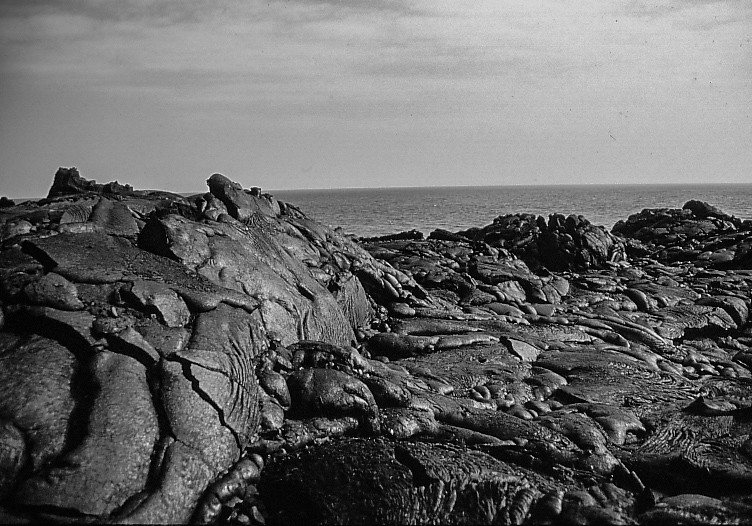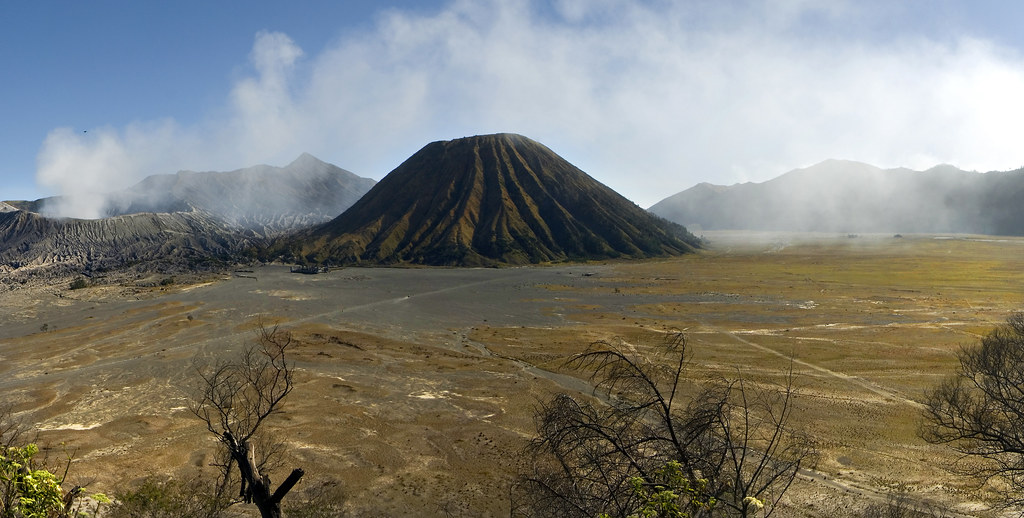
Gorilla trekking in Bwindi versus Volcanoes National Park
Gorilla trekking in Bwindi versus Volcanoes National Park
Selecting Between Volcanoes National Park and Bwindi National Park for Gorilla Trekking – Gorilla trekking in Bwindi versus Volcanoes National Park
Gorilla Trekking in Bwindi vs. Volcanoes National Park — Are you conflicted between the Bwindi Impenetrable Forest National Park in Uganda and the Volcanoes National Park in Rwanda for your gorilla trekking expedition? In order to assist you in making an informed decision, we will compare the two on the basis of our expertise.
Vegetation and Trekking Experience: Volcanoes National Park is distinguished by Virunga hills that are primarily covered in bamboo vegetation, providing a relatively clear view of mountain gorillas. In contrast, the Bwindi Impenetrable Forest National Park is characterized by a tropical rainforest environment that is home to a diverse array of flora. Although the vegetation in Volcanoes National Park may make it simpler to observe gorillas, Bwindi offers a more immersive experience in a dense forest setting.
Accessibility: Volcanoes National Park is situated only a 2-3 hour journey from Kigali, Rwanda’s capital, which provides an advantage in terms of accessibility. Day excursions are feasible due to the fact that gorillas can be accessed via a brief drive. Bwindi, which was historically difficult to reach, now provides more convenient routes through Kigali, reducing the travel time to 4-5 hours. This increases the accessibility of Bwindi trekking, even attracting Rwanda-based tour operators to advertise it.
Lodging Options: Both parks provide a variety of accommodations, including opulent lodges and budget-friendly options. The opulent offerings of Volcanoes National Park are particularly noteworthy, with lodges such as Bisate Lodge and Singita Kwitonda Lodge offering world-class amenities. In contrast, Bwindi offers a variety of budget-friendly accommodations, with prices spanning from $30 to $100 per night.

Gorilla Families: In comparison to Volcanoes National Park, Bwindi has a greater number of habituated gorilla families that are accessible for trekking. Bwindi offers 128 gorilla permits daily, which provides greater flexibility, particularly during prime seasons, due to its 16 habituated gorilla groups. The 96 permits available daily at Volcanoes National Park, which is home to 12 gorilla families, make it slightly more competitive to obtain permits during prime periods.
Overall Trekking Experience: Both parks provide equally extraordinary gorilla trekking experiences, with a high probability of encountering these majestic creatures in their natural habitat. The probability of encountering gorillas in either park is approximately 98%. Nevertheless, Bwindi offers an additional opportunity for a more in-depth encounter by means of the Gorilla Habituation Experience. This exceptional opportunity enables a four-hour interaction with semi-habituated gorillas, which enhances comprehension of their behavior.
In terms of affordability, the Bwindi Impenetrable Forest National Park in Uganda is the more cost-effective alternative to Volcanoes National Park in Rwanda. This price disparity is indicative of the divergent policies of the two nations. Uganda prioritizes affordability, while Rwanda endeavors to establish itself as a luxury destination. The experience and duration of time spent with the gorillas are consistent, despite the cost difference. In reality, visitors can spend up to four hours with the mountain gorillas in Uganda’s gorilla habituation experience for the same price of USD 1500, as opposed to only one hour in Rwanda’s Volcanoes National Park.
Gorilla permits in Uganda are priced at USD800 per person per trek for foreign non-residents, USD700 per person per trek for residents, and $70 per person per trek for East African citizens. This enables a one-hour encounter with mountain gorillas in the Bwindi Impenetrable Forest National Park. Gorilla permits in Rwanda are priced at $1500 per individual per trek for foreign non-residents, $500 for foreign residents, and $200 for East African citizens. These permits also permit a one-hour encounter with mountain gorillas in Volcanoes National Park.
Trekking Distance: The distance traveled during gorilla trekking is contingent upon the individual’s physical fitness and preference, as well as the gorilla family that has been assigned to them. Accordingly, gorilla families are distributed among both Volcanoes National Park and Bwindi Impenetrable National Park. On the day of the excursion, visitors are permitted to communicate their preferred trekking routes. Despite efforts to allocate families that necessitate shorter treks, the experience may be influenced by the gorillas’ behavior. For example, visitors may be required to travel a greater distance if the gorillas extend their movements during the expedition.
Volcanoes National Park and Bwindi Impenetrable National Park are both accessible for chimpanzee trekking at any time of year. Nevertheless, the forest’s tropical rainforest climate implies that rainfall may occur at any given moment. June to August and December to February are the optimal months for gorilla tracking due to their reduced rainfall and less slippery conditions. While there is a possibility of increased rainfall during the months of March through May and November, certain lodges provide discounts on accommodations during these times.
Ultimately, you can be certain of an unforgettable gorilla trekking adventure, regardless of whether you select Volcanoes National Park or Bwindi. Please do not hesitate to contact us if you require further information or need help planning your trip.


